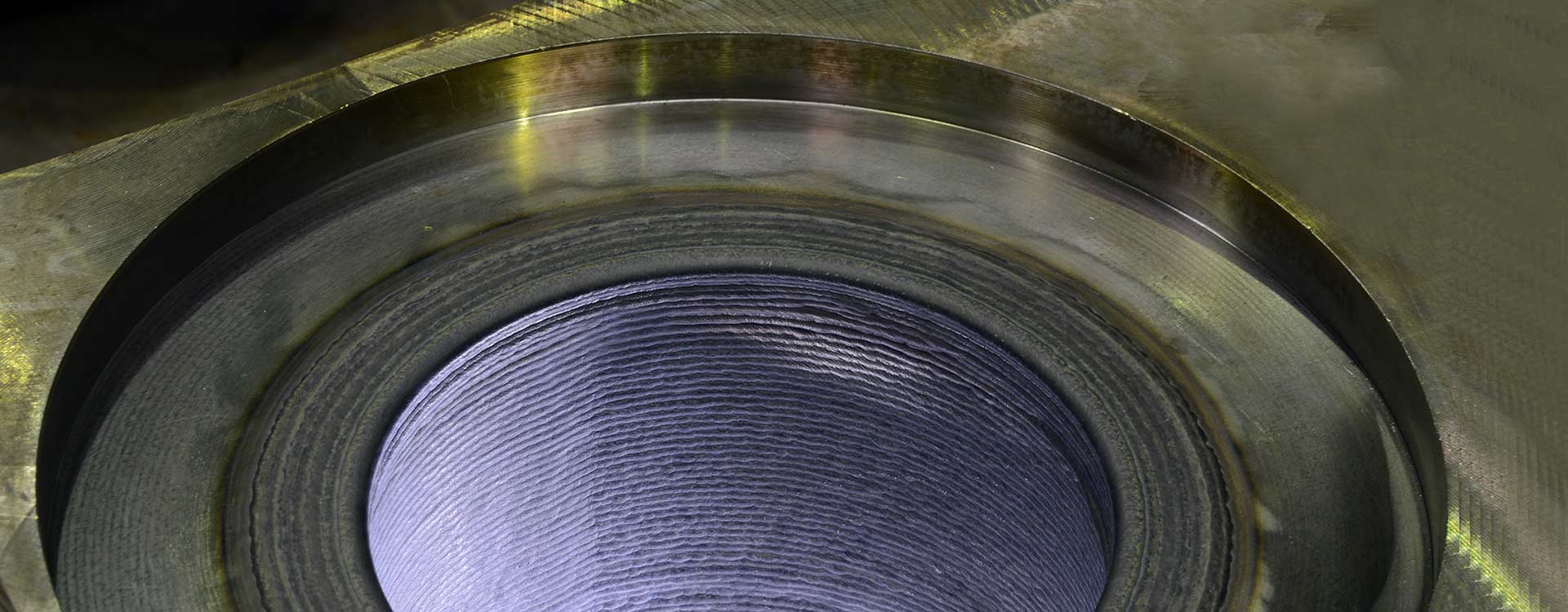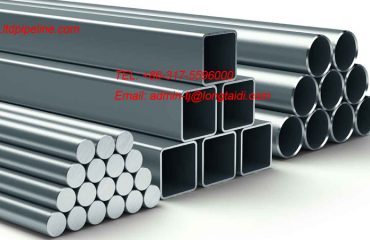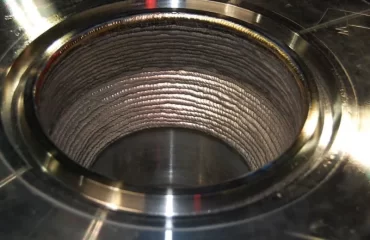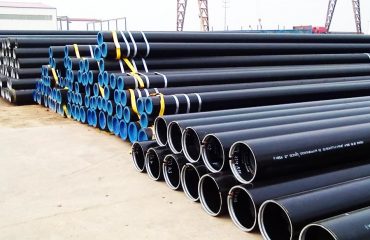
Спочатку, I need to clarify if weld overlay is a type of cladding. From what I remember, cladding is a broader term that includes various techniques to bond a CRA layer to the base material. Weld overlay is one of those techniques. ТОМУ, the main difference would be that cladding is a category, and weld overlay is a specific method within that category.
Чекати, but sometimes people use “покриття” to refer to methods like explosion bonding or roll bonding. ТОМУ, in that context, weld overlay is a different approach. The user might be confused because both terms are related but not the same. I should explain that cladding encompasses multiple processes, including weld overlay, but there are distinctions in how they’re applied.
Let me think about the key differences. Weld overlay involves welding the CRA material onto the base, creating a metallurgical bond through fusion. Other cladding methods like explosion bonding use mechanical force or heat and pressure without necessarily melting the materials. Також, the thickness of the CRA layer might differ—weld overlay can be thicker. Applications might vary too; weld overlay is good for complex geometries, while explosion bonding is for simpler shapes.
I need to structure the answer clearly. Start with definitions of each, then outline the differences in process, Тип облігації, Матеріали, Додатка, д. Maybe use a table for a quick summary. Також, address when to use each method. The user is probably involved in industries like oil and gas or manufacturing, so practical examples would help them understand which method suits their needs.
Також, check if there’s any overlap in terms. Sometimes “покриття” is used interchangeably with “накладення шва,” but technically, they have distinct processes. Make sure to highlight that weld overlay is a subset of cladding techniques. Mention the pros and cons, like cost, Товщина, and suitability for different environments.
Including examples will make it clearer. наприклад, weld overlay is used for pipe interiors where precise thickness is needed, while explosion cladding might be used for large vessels. Також, note that weld overlay allows for repair of existing pipes, which is a significant advantage.
Make sure the answer is comprehensive but not too technical. Use bullet points and headings for clarity. The user might be deciding which method to use for a project, so providing decision factors would be helpful. Check if I covered all aspects: definitions, process differences, material use, Області застосування, Переваги, and limitations.
Difference Between Weld Overlay and Cladding
While both накладення шва і покриття are techniques used to apply a corrosion-resistant layer to a base material, they differ in process, Додаток, and outcomes. Here’s a detailed comparison:
1. Definitions
- покриття:
A broad term for bonding a Корозійне стійкий сплав (CRA) layer to a base material (наприклад, ВУГЛЕЦЕВОЇ СТАЛІ) using methods like explosion bonding, рулонне склеювання, or thermal spray. The goal is to create a metallurgical or mechanical bond між шарами. - накладення шва:
A subset of cladding that specifically uses welding techniques (наприклад, TIG, Бачив, laser) to deposit a CRA layer onto the base material.
2. Ключові відмінності
| Аспект | покриття | накладення шва |
|---|---|---|
| Тип облігації | Can be Металургійний (наприклад, Вибухове склеювання) або механічний (наприклад, ОБЛИЦЬОВАНИЙ ТРУБИ). | Always Металургійний (fusion bond via welding). |
| Процес | Includes explosion bonding, рулонне склеювання, thermal spray, or mechanical lining. | Uses welding to melt and fuse CRA material onto the base. |
| Layer Thickness | Varies widely: Thin (наприклад, 0.5–3 mm for thermal spray) to thick (наприклад, 5–10 mm for explosion bonding). | Typically thicker (3–12 мм) due to multi-pass welding. |
| Сумісність матеріалів | Works with metals (наприклад, З НЕРЖАВІЮЧОЇ СТАЛІ, титан) and non-metals (наприклад, rubber, PTFE for lined pipes). | Limited to weldable metals (наприклад, З НЕРЖАВІЮЧОЇ СТАЛІ, сплави нікелю ). |
| Heat Input | Low heat input for methods like explosion bonding; no heat for mechanical lining. | High heat input, which may affect base material properties (requires pre/post-heat treatment). |
| Додатка | Broad: Structural components, pressure vessels, Трубопроводи. | Focused on pipelines, клапани, and components needing thick, uniform CRA layers. |
| Вартість | Explosion bonding is expensive; lined pipes are cheaper. | Moderate to high cost due to welding labor and material usage. |
3. When to Use Each Method
покриття (Non-Weld Methods)
- Explosion/Roll Bonding: Ideal for thick CRA layers in high-pressure environments (наприклад, pressure vessels, Теплообмінники).
- Mechanical Lining: для low-cost, Системи низького тиску (наприклад, chemical transport with rubber-lined pipes).
- Thermal Spray: Thin coatings for non-critical corrosion protection (наприклад, pump housings).
накладення шва
- High-Corrosion Environments: товстий, uniform CRA layers for pipelines handling H₂S, Co₂, or seawater.
- Комплексні геометрії: Welding allows precise application on valves, Фланці сталеві, or curved surfaces.
- Repairs: Used to refurbish corroded areas on existing pipelines or equipment.
4. Advantages and Limitations
покриття
- Pros:
- Explosion bonding creates a strong, void-free bond.
- Mechanical lining is fast and cost-effective for non-metals.
- Cons:
- Limited to simple geometries (наприклад, flat plates or straight pipes for explosion bonding).
- Thin thermal spray layers may wear off over time.
накладення шва
- Pros:
- Excellent adhesion and uniformity.
- Flexible for complex shapes and repairs.
- Can achieve precise thickness control.
- Cons:
- Risk of base material distortion due to high heat input.
- Requires skilled welders and post-weld treatments.
5. Example Scenarios
- покриття:
- A seawater desalination plant uses explosion-clad titanium-carbon steel pipes to resist saltwater corrosion.
- A chemical factory uses PTFE-lined pipes for sulfuric acid transport at low pressure.
- накладення шва:
- A subsea oil pipeline uses INCONEL 625 накладення шва on carbon steel to prevent sulfide stress cracking.
- A refinery uses stainless steel weld overlay on reactor internals to handle high-temperature acids.
резюме
- покриття це general term for bonding CRA layers to base materials, including both metallurgical (наприклад, Вибухове склеювання) and mechanical (наприклад, слизова оболонка) методи.
- накладення шва це specific cladding technique that uses welding to fuse a CRA layer onto the base material.
- Choose cladding for cost-effective mechanical bonding or explosion-bonded integrity.
- Choose weld overlay for high-performance corrosion resistance in complex or high-stress applications.
Both methods enhance pipeline longevity but serve different needs based on cost, Навколишнє середовище, and operational demands.




Ви повинні бути увійшли в Щоб залишити коментар.